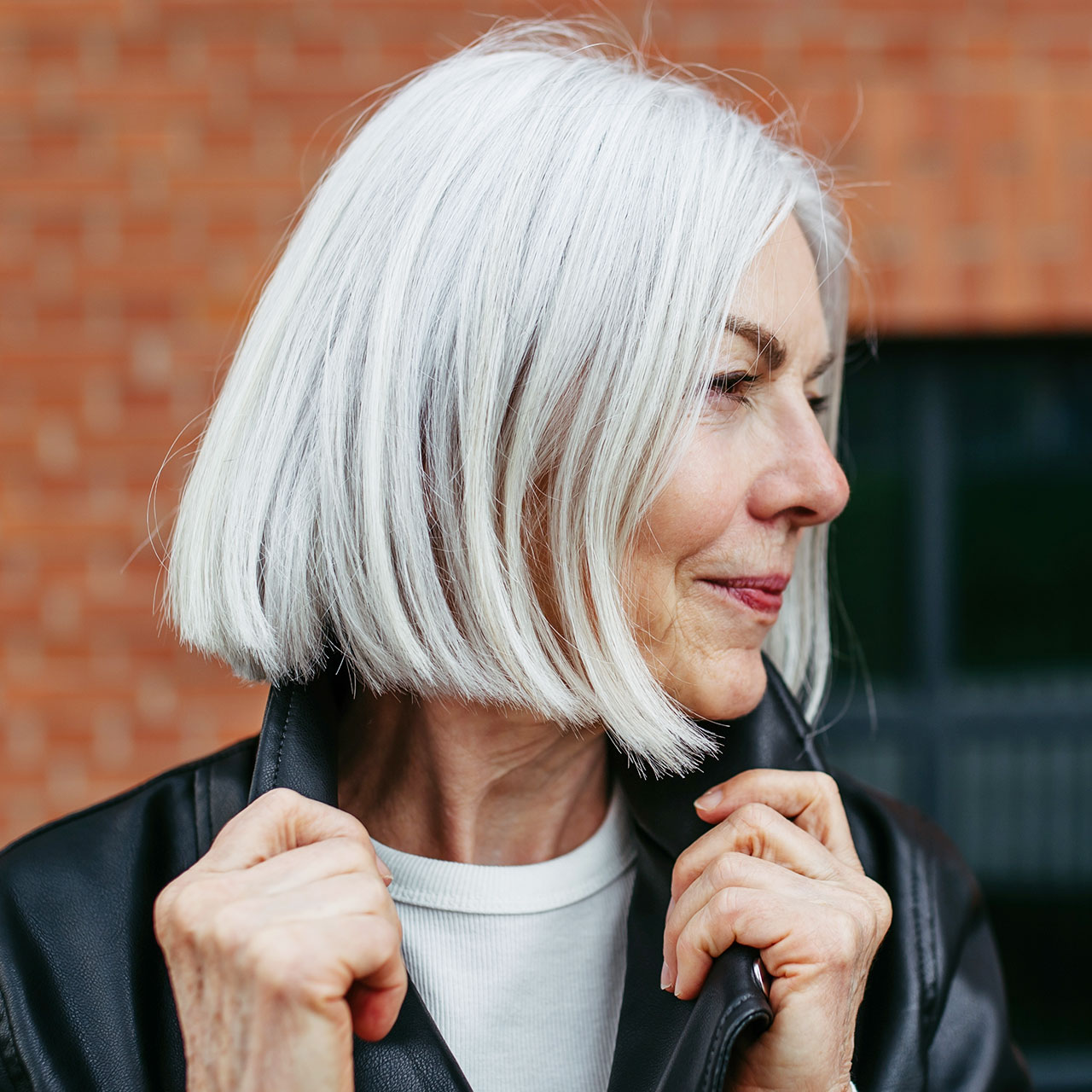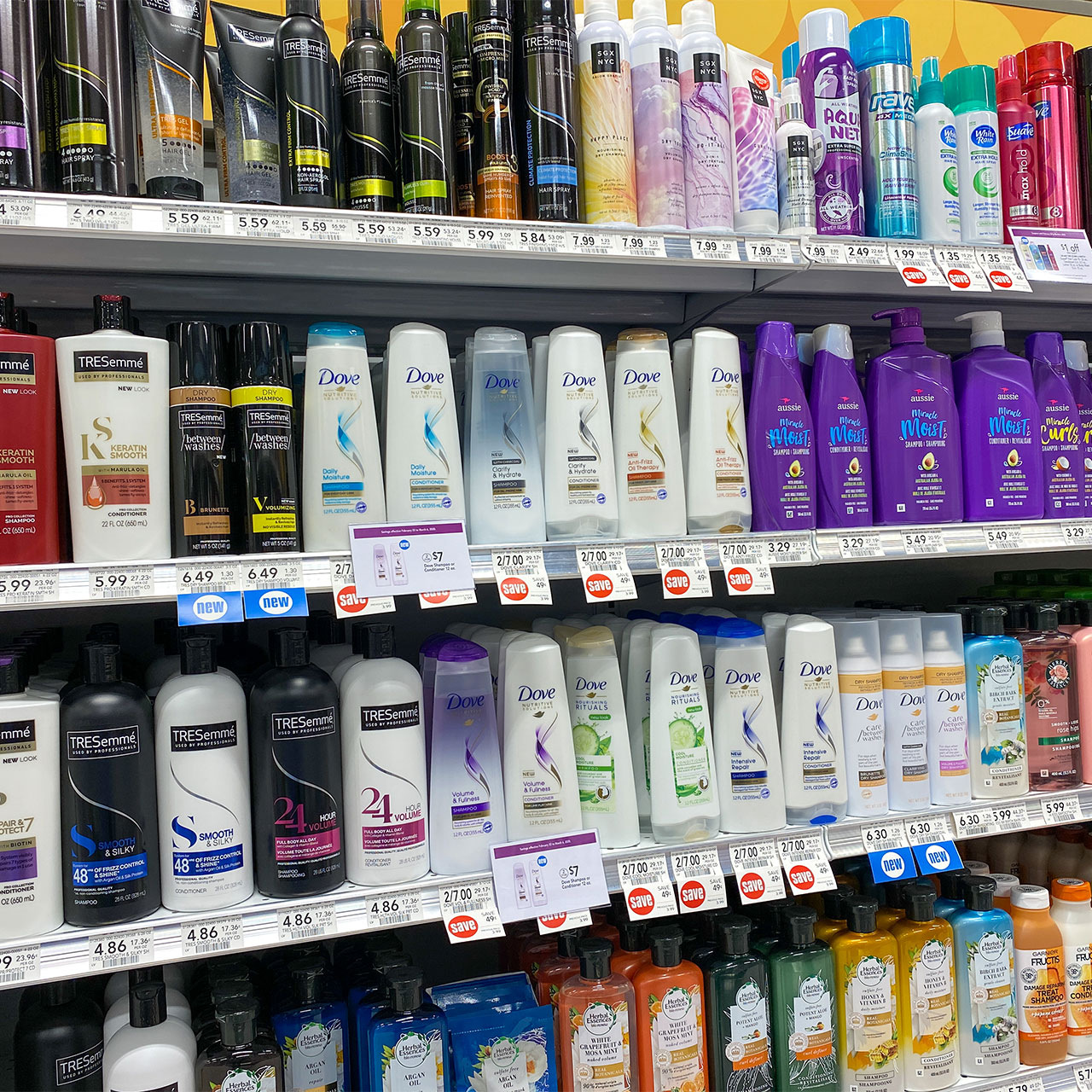This is an archived article and the information in the story may be outdated. Please check the time stamp on the story to see when it was updated last.
What annoys you the most? Bad hair day, no matching heels, or acne on your skin. Bet it’s acne, especially on a special day.
But there is something more annoying – fungal acne.
That’s right.
Completing the skincare routine before going to bed hoping to wake up with clear skin is a dream of every girl.
But with a fungal infection, that dream will not come true if you don’t take serious actions or treatment.
Don’t worry. It’s not too late yet. Let’s get you aware of what is fungal acne and how to treat them, shall we?
What is Fungal Acne and Who Invites it on Your Skin?
These little enemies of skin are way more stubborn than regular acne.
As the name itself suggests, fungal acne is an easier way to refer to infectious folliculitis known as Pityrosporum or Malassezia folliculitis.
In simple words, it’s an infection due to the overgrowth of yeast on your skin.
How on earth did that yeast land on your skin?
Our skin already has yeast, but it only overgrows if the good skin bacteria fail to keep it under control.
Yeast causes infection around the hair follicles on the skin resulting in something that looks more like acne but is not.
Now that you know what yeast can do, you need to know the fungal infection causes.
Most Common Causes Behind Fungal Infections on Your Skin
Fungal outbreaks have multiple reasons to appear on your skin. The most common ones are below:
1.Trapped Moisture on Your Skin
Just try this. Take a piece of bread, put some water on it and keep it in an airtight bag overnight. What will happen? It will catch fungus, right?
The same things happen if you let moisture trap on your skin. Tight clothes tend to trap the sweat into the skin pores for too long and trigger infections.
Wearing sweaty clothes for long hours and not washing them thoroughly can turn into a nightmare in the form of infection.
2.Changes In Diet
What you eat every day reflects outside on your skin. Your diet plays a vital role in the health of your skin.
Specific types of food might help that yeast put a tent on your skin for a long time. Sweet carbohydrates are one of those food items that create an environment promoting yeast infection.
3.Medication and Antibiotics
There is a strong chance that your antibiotics are helping yeast overgrowth. How?
Antibiotics and some medications tend to kill the good bacteria on your skin. Without the good bacteria, yeast is free to go reckless.
Hence, your medication might be the main culprit behind infectious outbreaks.
4.Tight Clothes and Heavy Makeup
Fashion and makeup are all good. However, if you are not letting your skin breathe, an infection is going to pop out.
Tight clothes, unwashed clothes, and a heavy layer of makeup can trap moisture and sweat into the skin pores.
Your skin should be able to breathe freely as much as you do.
Now the real question is, how will you identify infectious acne?
Is Your Acne a Fungal Acne?
A few observations will help you distinguish the infection from regular acne.
- While regular acne could be painless or painful, yeast infection is crazy itchy. One scratch and you will be scratching it forever.
- Regular acne could be small pimples, pustules, nodules, or cysts. In contrast, fungal infection has clusters of whiteheads.
- Regular acne pops out mostly on your facial skin or neck—yeast infection outbreaks on the chest, arms, and back.
- You can follow a simple skincare routine to bid goodbye to regular acne. Fungal acne might need special treatment and even medication.
Most of the time, this type of acne gets misdiagnosed and takes more time to cure. Thankfully, a few good habits and remedies can help you get rid of yeast acne.
How to Cure Fungal Infection on Your Skin Naturally?
Let’s talk about some Dos and Don’ts, shall we?
Dos:
1.Body Cleansing and Exfoliating
Thoroughly cleans the infected areas on your skin with fungal acne face wash or soap.
Dandruff can also cause infections. Use an anti-dandruff shampoo to wash your hair and body, too, as it can wash off fungus.
Exfoliating your body once a week would be a good routine. Use natural products like Averr Aglow’s Rejuvenating Essence Body Polish to polish and exfoliate your skin. It is nutrients and antioxidant-enriched body polish suiting almost all skin types.
2.A Balanced Diet
Make sure you don’t consume excess sweet carbohydrates. Keep a balanced diet. I prefer gluten-free food, fewer dairy products, and more fruits.
3.Medication and Treatment:
If you don’t see any results soon, go to the dermatologist. The doctor will prescribe medication and body wash to treat the infection.
Don’ts
1.Don’t wear unwashed or tight clothes. Remove the sweaty clothes immediately and wash them regularly.
2.Don’t scratch the infected area.
3.Don’t touch the infected area and then touch your healthy skin. It can spread. It can also spread from human contact similarly.
Lovely ladies, you can own your skin by following the above habits and say No to yeast overgrowth. Get your healthy skin glow back from the monstrous acne.
This story is brought to you in partnership with Averraglow.

























